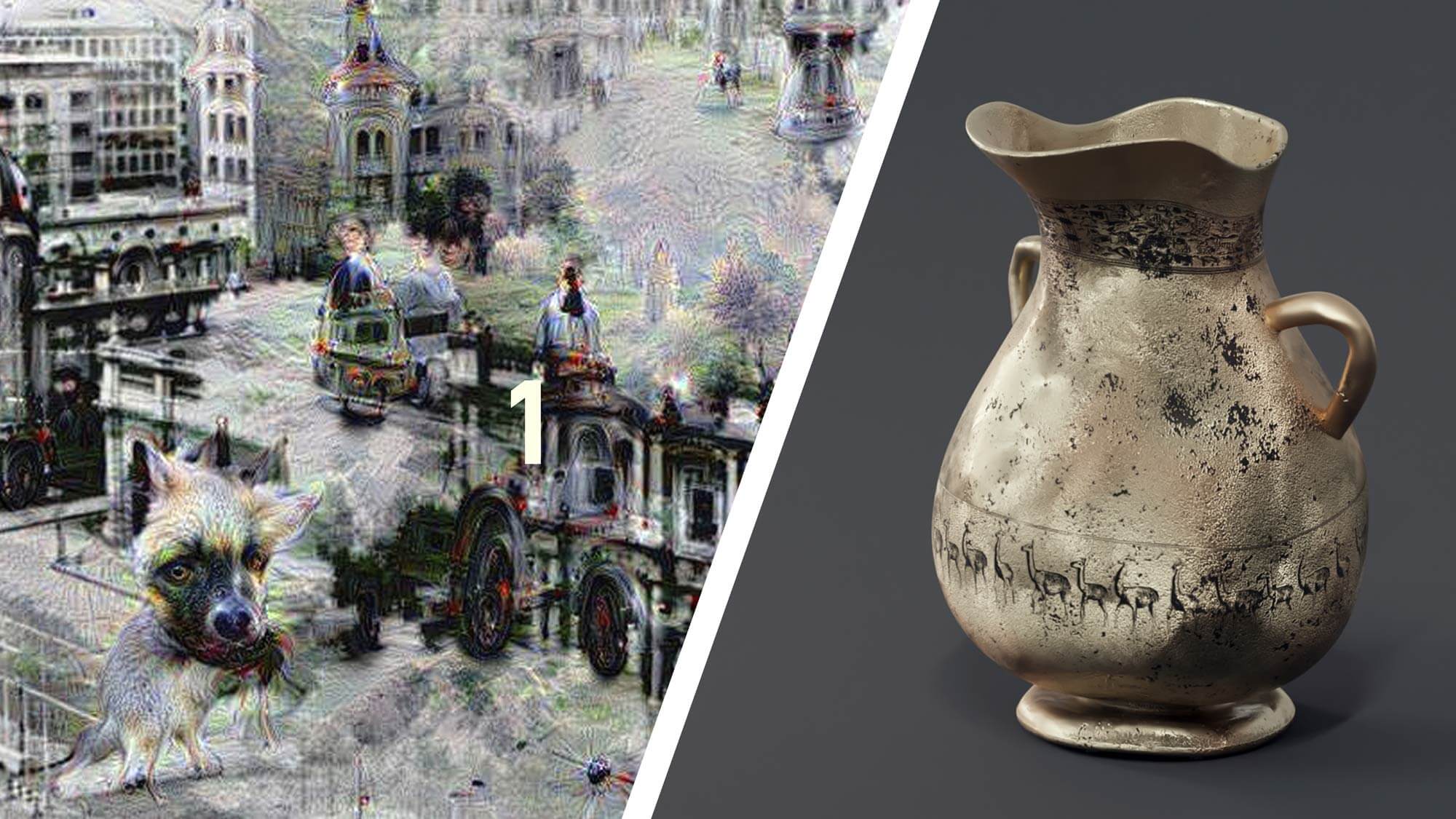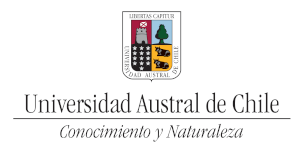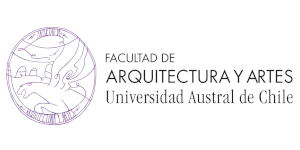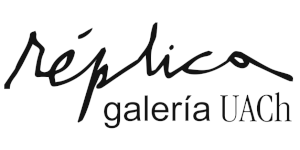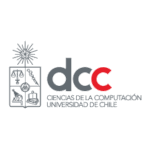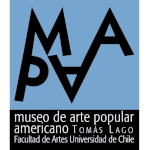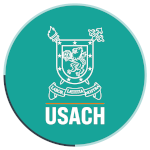Perhaps it is true, as Vilém Flusser stated, that we no longer experience history through written lines, but through technical surfaces. Diagramming History presents two artistic projects that use artificial intelligence (AI) in relation to the 1973 Chilean Coup d’état.
Imagining Loss proposes to digitally reconstruct part of the popular artistic heritage of the collection of the Museo de Arte Popular Americano Tomás Lago (MAPA) of the University of Chile. During the dictatorship many objects were stolen, damaged or destroyed. Today they inhabit the museum as inventory data that do not give a full picture of the work to which they refer. The collaboration work with the Computer Science Department of the University of Chile and the archival and research areas of MAPA, uses AI for image generation and volumetric reconstruction of objects (NERF) with the purpose of restoring part of this popular cultural memory that has been taken away.
The Neoliberal Dream is a video essay of the algorithmic intervention of the iconic photograph of the bombing of the Moneda Palace in 1973. The image in digital format was intervened with the AI „Deep Dream“ developed by Google. The algorithm performed a machine reading that involved the modification of the original image. This algorithmic reading became visible in a series of „pareidolias“ or alterations to the photograph. The image was subjected to the same process a total of 17 times, in reference to the number of years of the dictatorship in Chile.
Diagramming history puts in tension two operations of AI. In the absence of the object, Imagining the loss uses digital tools with the intention of imagining its historical object form. In the presence of the image, the algorithmic reading of The Neoliberal Dream disconnects the image from its historical form. The tension between the algorithmic operation that makes possible a certain restoration of a lost historical density, and the algorithmic operation that removes the image from its historical density, opens a problem that interrogate the potentials of AI in relation to heritage, institutions, collective imaginaries, and history.
-
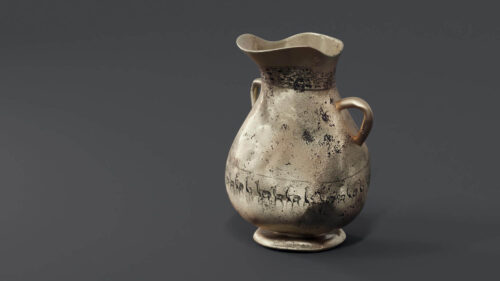
Imagining Loss
Jaime San Martín Amador (CL), Emilia Pinto Labbé (CL), Iván Sipirán (PE)
The project Imagining Loss is an interdisciplinary attempt to reconstruct, using Artificial Intelligence tools, part of the Chilean popular art heritage lost during the dictatorship of Augusto Pinochet.
-
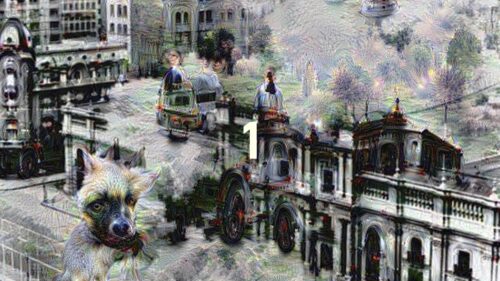
The Neoliberal Dream
Felipe Rivas San Martin (CL)
The Neoliberal Dream is a video essay of the algorithmic intervention of an iconic photograph of the bombing of La Moneda Palace during the coup d’état in 1973. The image – in digital format – was intervened with the artificial intelligence „Deep Dream“.
About the Institutions
Located in the city of Valdivia, the Universidad Austral de Chile (UACh) is the first regional university in southern Chile. The proposal comes from the Institute of Visual Arts, which has been participating in the Ars Electronica Festival since 2020, consolidating a work in which culture and technology, contemporary arts and local imaginaries and openness to new challenges of a globalized world are intertwined.
The University of Chile is the most important university in Chile. The Department of Computer Sciences participates in this project, which has been concerned with linking artificial intelligence and heritage, and the Museo de Arte Popular Americano Tomás Lago, which has a unique and heterogeneous set of popular art collections from Chile and Latin America. Its main mission is to make them available to the public and researchers.
Universidad Austral de Chile (CL): Faculty of Architecture and Arts, Vice-Chancellorship of Research, Development and Artistic Creation, Institute of Visual Arts
Universidad de Chile (CL): Museo de Arte Popular Americano Tomás Lago (MAPA)
Departamento de Ciencias de la Computación (DCC)
Universidad de Santiago de Chile (CL): Escuela de Periodismo
Credits
Curatorial Team: Ivan Flores, Felipe Rivas, Jaime San Martín.
Imagining Loss:
Artistic direction and coordination: Jaime San Martín and Emilia Pinto
Technical research team direction: Iván Sipirán
Research team direction at MAPA: Felipe Quijada.
